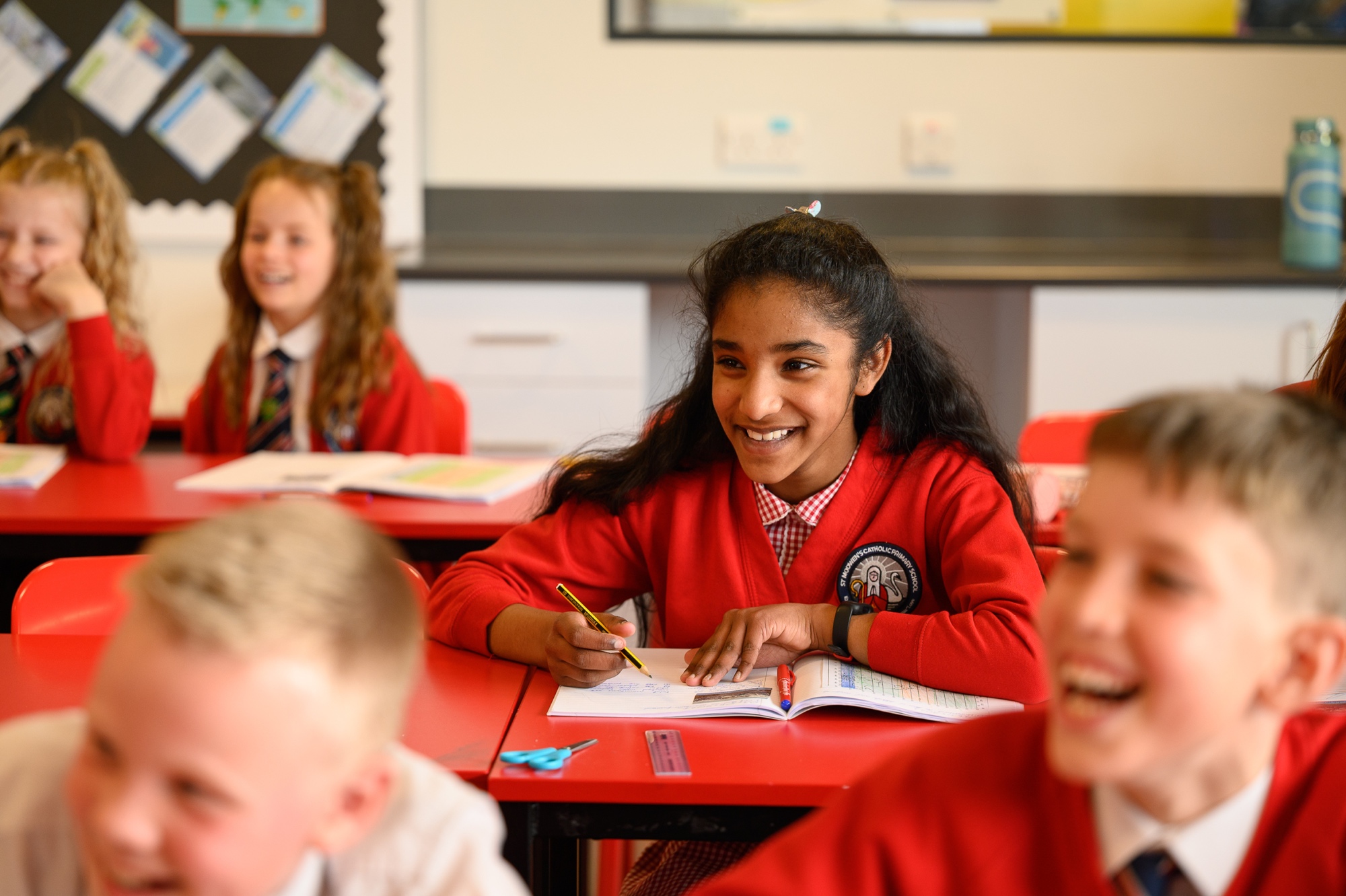Compassionate Geography: #2 Piecing it together.

In our first blog post in the Compassionate Geography series, we explained some of the big picture thinking behind our curriculum design.
As we continue the series, it’s time to delve deeper and explore how the curriculum pieces together. But first a short story…
It was a bitter afternoon in the heart of the Peak District, and a group of friends had gone out walking. They’d been informed by a local that the best views could be found at the top of the tallest hills on the outskirts of the village. They’d set off eager to discover a perfect viewing spot for the wintery wonderland. But that was a few hours ago now, they’d hit a problem. Not only had they found themselves lost up a snow-dusted path, but they’d also ran out of map! They’d reached the edge of the section of the world their battered Ordnance Survey map covered, and their afternoon was ruined.
Now I’m not saying that every one of my epic fails in life provides an insight into our curriculum design but this one inadvertently did. When we fail to provide children with a comprehensive understanding of how the world pieces together, we deprive them of a clear view of their place in the world. There are parts of the jigsaw missing.
I magine a child who learns about their immediate surroundings—the streets, shops, and parks in their local neighbourhood. While this knowledge is valuable, it only presents a snapshot of their immediate environment. Without expanding their understanding to encompass the wider context, they may struggle to see how their local community fits into the larger picture of their country, and indeed the world.
magine a child who learns about their immediate surroundings—the streets, shops, and parks in their local neighbourhood. While this knowledge is valuable, it only presents a snapshot of their immediate environment. Without expanding their understanding to encompass the wider context, they may struggle to see how their local community fits into the larger picture of their country, and indeed the world.
That’s why at St Modwen’s we set about building a curriculum that gradually unfolds the interconnectedness of the world. Like a film director might begin with the intimate close-up shot before panning out to reveal the vast context in which it sits, we wanted to provide our students with a panoramic view of what is happening on their planet. Starting at the local level, we help them grasp the geography, history, and culture of their immediate surroundings. In Key Stage 1, our students study their hometown and how it is similar and different to other places within their country. They learn about the landmarks, the people, and the resources that shape their everyday lives. They explore that broader national context, diving into the diverse landscapes, traditions, and quirks that make their nation unique. Through this exploration, children begin to understand the rich tapestry of their country.
But that alone is not enough. Humanity began in the isolating state of believing that what they could see was all there was. As St Augustine once said, ‘The world is a book and those who do not travel read only one page.’ We knew that our geography curriculum must allow our students to also embark on a journey of global discovery. As they travel through our curriculum, our students are introduced to the diverse countries, continents, and cultures that make up our fundamentally interconnected world. We spend time comparing these societies and cultures, fostering empathy, developing a cultural understanding, and a sense of global citizenship.(you might ask ‘but how did you choose where to study?’ More on this next time!)
By providing children with this approach to a geography curriculum, we empower them to see beyond the limited snapshots and develop a deep appreciation for the world's complexities. They piece together the world bit by bit from their starting point outwards. And in doing so, they gain a sense of belonging and understanding of their place in the global community.
to a geography curriculum, we empower them to see beyond the limited snapshots and develop a deep appreciation for the world's complexities. They piece together the world bit by bit from their starting point outwards. And in doing so, they gain a sense of belonging and understanding of their place in the global community.
Just like my group of friends on our ill-fated hike, without being equipped with that holistic view of the world, we end up more likely to feel lost or disconnected. But with the tools to navigate and appreciate the diverse landscapes of our planet, we can begin to understand how each piece fits together to form the bigger picture.
To consider
- Is your curriculum offering the students a panoramic view of the world?
Your students deserve an intimate knowledge of their immediate surroundings and a sense of how their home fits into the wider picture. When looking at your curriculum planning, maybe begin at home before building out. In many ways, curriculum design is like planning a route on a map. We get the choice of the landmarks we visit and the attractions we point out. As we plan, we should be mindful of how each branch of the curriculum pieces together. The route we take should be clear and thought through, unlike mine through the Peak District. Our method has remained the same:- Start at home
- Head out
- Return home
By always having that reference point back to the familiar, we find it’s easier for the students to recognise the similarities and can emphasise the stark natures of some of the differences.
Tom Brassington and Zoe Mallinson



